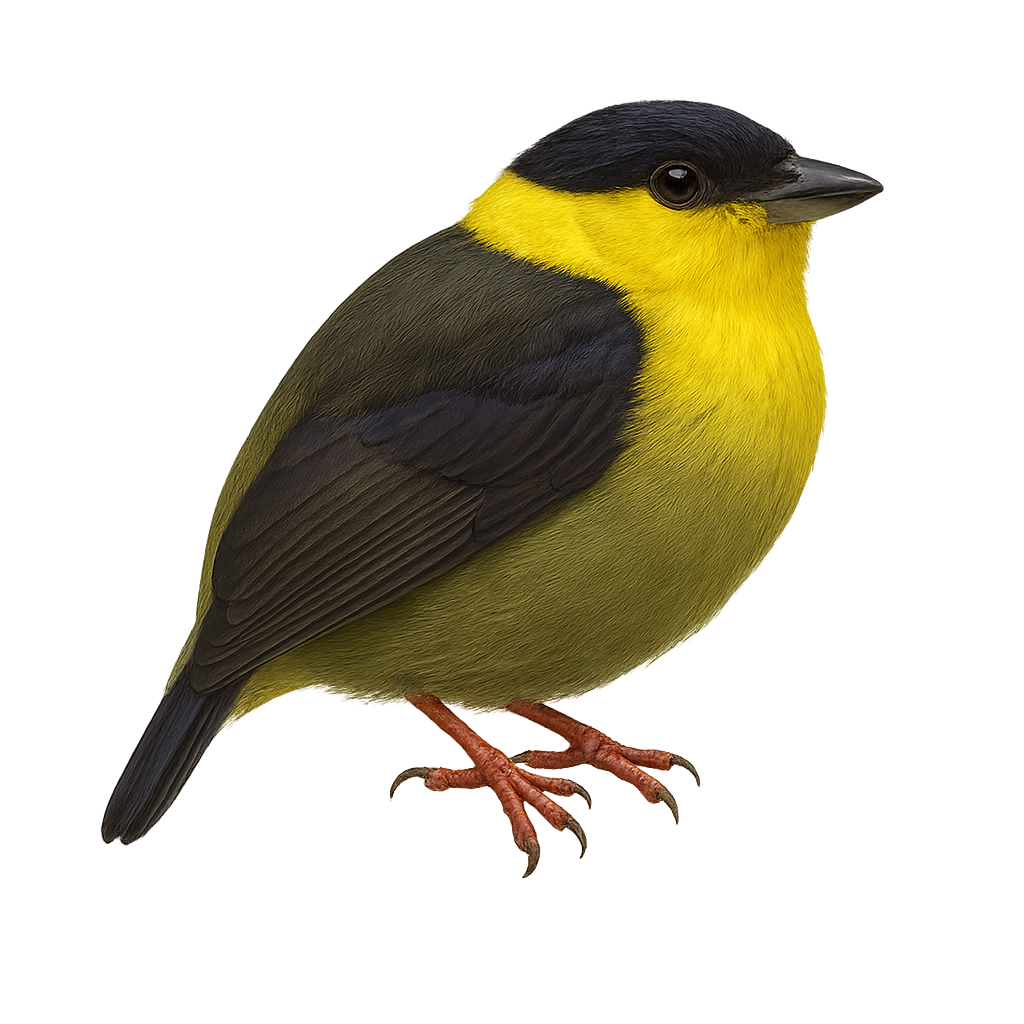Your wildlife photography guide.
Explore the golden-collared manakin in detail, study its behavior, prepare your shots.
Where to observe and photograph the golden-collared manakin in the wild
Learn where and when to spot the golden-collared manakin in the wild, how to identify the species based on distinctive features, and what natural environments it inhabits. The WildlifePhotographer app offers tailored photography tips that reflect the golden-collared manakin’s behavior, helping you capture better wildlife images. Explore the full species profile for key information including description, habitat, active periods, and approach techniques.
Golden-collared Manakin
Scientific name: Manacus vitellinus

IUCN Status: Least Concern
Family: PIPRIDAE
Group: Birds
Sensitivity to human approach: Suspicious
Minimum approach distance: 10 m
Courtship display: March to May
Incubation: 17-20 jours
Hatchings: March to June
Habitat:
Tropical forests, dense undergrowth
Activity period :
Primarily active during the day, with peak activity in the morning and late afternoon.
Identification and description:
The Golden-collared Manakin, Manacus vitellinus, is a small, brightly colored bird found in the tropical forests of Central America, particularly in Panama and Colombia. Males are easily recognized by their vivid yellow head contrasting with a black and green body, while females are more subdued in olive green tones. This manakin is famous for its spectacular courtship displays, where males perform complex dances to attract females. They are often seen in dense undergrowth, feeding primarily on fruits and insects. Although their habitat is threatened by deforestation, they are currently listed as Least Concern by the IUCN.
Recommended lens:
400 mm – adjust based on distance, desired framing (portrait or habitat), and approach conditions.
Photography tips:
To photograph the Manacus vitellinus, it's advisable to use a 400mm lens or longer to capture detailed images without disturbing the bird. Look for it in the dense undergrowth of tropical forests, where it is often active during the day. Be patient and discreet, as this bird can be suspicious. Use a tripod to stabilize your camera and wait for the manakin to perform its courtship dances for spectacular shots. The natural light filtering through the foliage can add a beautiful ambiance to your photos.
The WildlifePhotographer App is coming soon!
Be the first to explore the best nature spots, track rutting seasons, log your observations, and observe more wildlife.
Already 1 431 wildlife lovers subscribed worldwide

